Hydrangeas are known for their large, showy clusters of flowers. These small pink, blue, white, purple, or green flowers can make any garden look extra magical.
However, hydrangeas’ worth is often limited to their ornamental value, and there’s no denying that they’re beautiful. But they are more than just beautiful cut flowers and garden displays.
Hydrangeas carry several meanings, cultural significance, and uses, which we’ll discuss in this article!
How did the hydrangea flower get its name?
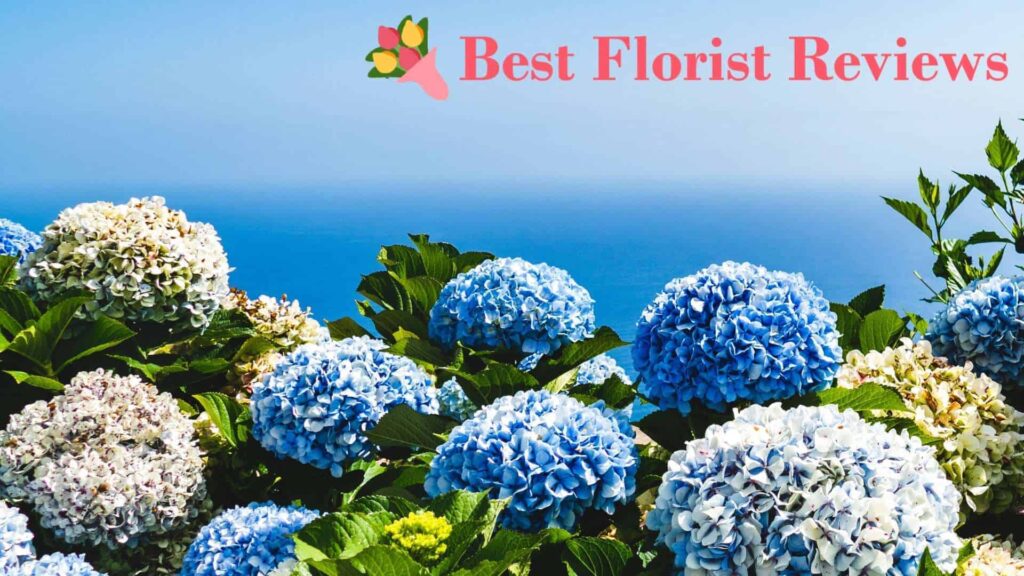

The Hydrangea flower got its name from the combination of two Greek words: “hydro,” meaning water, and “angeion,” meaning jar.
The name was coined by the Dutch botanist Grovonius in 1739 because of the ancient water jar-like appearance of the flower’s seed capsules.
The capsules are small, dry, and brown, reminiscent of the clay water jars in the past. They also have a cylindrical body with rounded bottom and an opening at the top, like the said jars.
The hydrangea’s cluster of flowers also forms a dome-like shape, which reminded Grovonius of the big clay bowls they used to stock water.
Hydrangeas also need a lot of water to survive, so the name stuck.
Why are hydrangea flowers also called hortensia?
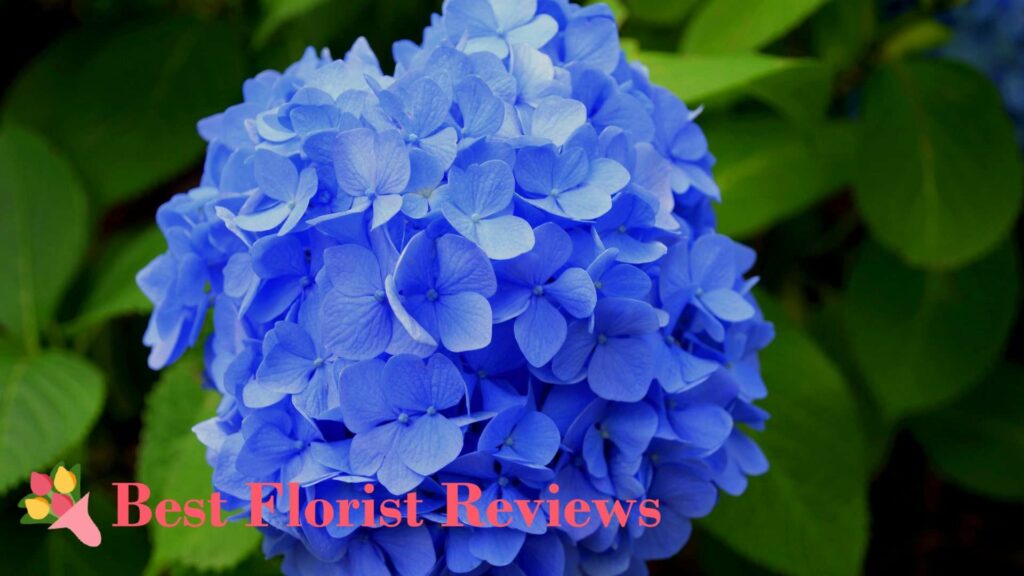

The name hortensia was introduced by French botanist Philibert Commerson in the 18th century. He discovered the plant during his expedition and is believed to have named it in honor of Nicole-Rein Hortense Lepaute, a French astronomer.
Commerson first suggested lepautia and peautia, but it later became hortensia.
There are also some rumors that the flower is named after Hortense de Nassau, the daughter of Prince Nassau. Hortense once joined him in an expedition, so many linked the flowers to her.
Others, though, believe the name came from “hortus,” the Latin word for “garden.” The direct translation of “hortensia” is believed to be “from the garden.”
Today, the name is used as a common name for a specific species of hydrangea called Hydrangea macrophylla. It’s also still widely used as a common name for all varieties of Hydrangea in French-speaking countries and regions.
What is the botanical origin of the hydrangea flower?
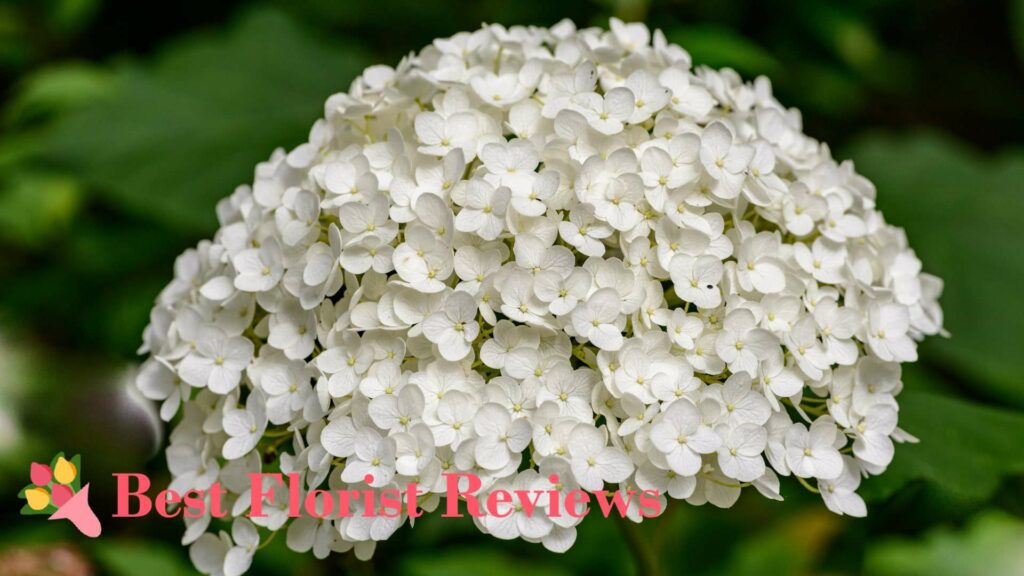

Hydrangea is a genus that belongs to the Hydrangeaceae. They’re native to Asia and America, specifically Japan, China, Korea, Indonesia, and North America.
The genus currently has over 75 species. Over 70 of these species originate from Asia.
Among the ones that originate in North America, oakleaf hydrangea and smooth hydrangea are the most popular.
Where do Hydrangea flowers grow?
Hydrangea flowers are native to Asia and America, but they can now be found growing in most parts of the world.
This is because hydrangeas are adaptable plants that can be grown in different climates. They, however, prefer mild climates and thrive in areas with cool to moderate temperatures.
Do hydrangea flowers require a lot of maintenance?
Hydrangea flowers don’t require a lot of maintenance. As long as they receive regular watering and are kept in areas that receive light, they can grow into beautiful flowers.
Do hydrangea flowers need shade or sun?
The light requirement of hydrangea flowers differs depending on the species of the flower. As a general rule, they require part shade or three to six hours of sunlight.
They also prefer morning light, as it tends to be softer and gentler compared to afternoon light.
When do hydrangea flowers bloom?
Hydrangea flowers typically bloom from early spring to late fall, but this can change depending on the species and growing conditions they’re in.
Some varieties, like oakleaf hydrangea and climbing hydrangea, may bloom in spring until early fall. While other varieties, like panicle hydrangea and smooth hydrangea, mostly bloom in summer throughout fall.
What kind of soil do hydrangea flowers prefer?
Hydrangea flowers thrive best in well-draining, loam soil. They also prefer soil that is rich in organic matter.
Some gardeners recommend heavy clay, as it can retain more moisture, but it may lead to root rot if not properly taken care of. As such, it’s safer to use well-draining soil with a lot of organic matter.
The flowers aren’t sensitive to pH levels, but their color may be influenced by it. Acidic soils tend to produce blue flowers, while alkaline soil tends to produce pink flowers.
When is the best time to plant hydrangea flowers?
The best time to plant hydrangea flowers depends on the climate in the region and the specific species. Generally, the best time to plant hydrangea flowers is in the mornings of spring and fall.
It’s best to avoid extreme weather conditions like hot summers and freezing winters, as they may cause stress to the flowers and stop them from establishing healthy roots.
What do hydrangea flowers mean?
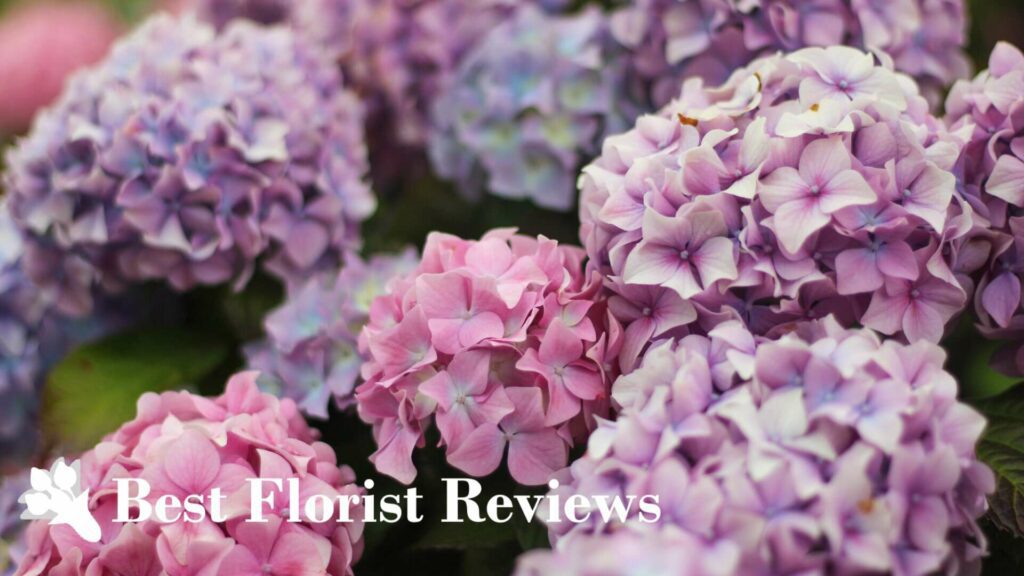

Hydrangea flowers symbolize regret, apology, deep understanding, gratitude, and heartfelt emotion. However, they’re also used to symbolize arrogance and vanity.
The flowers’ meanings and symbolism varies depending on the color and culture, so it’s always best to be cautious when gifting them to someone.
What do the colors of hydrangea flowers mean?
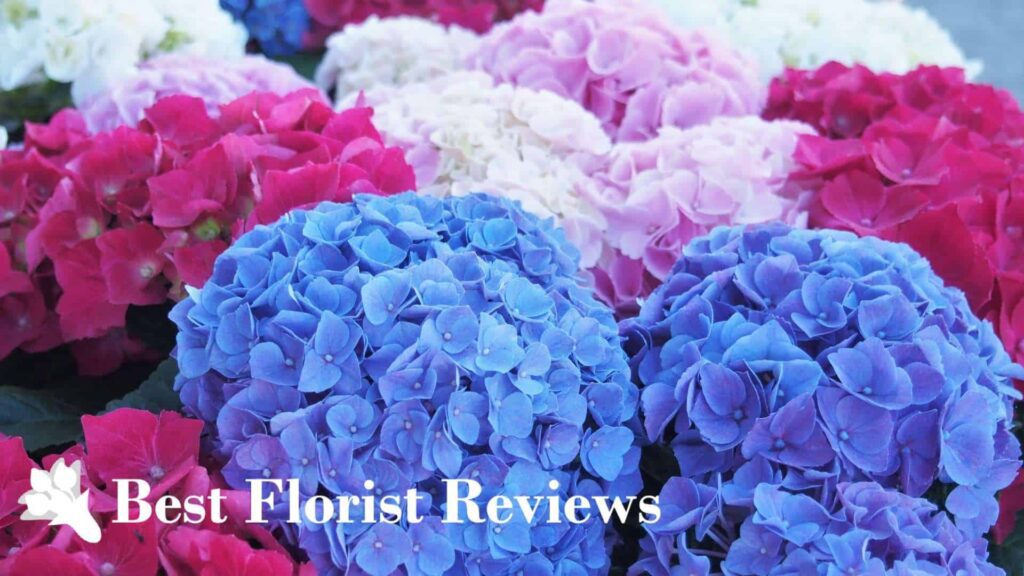

What are the cultural associations of the hydrangea flower?
What did the hydrangea symbolize in various historical periods?


What are the cultural associations of the hydrangea flower?
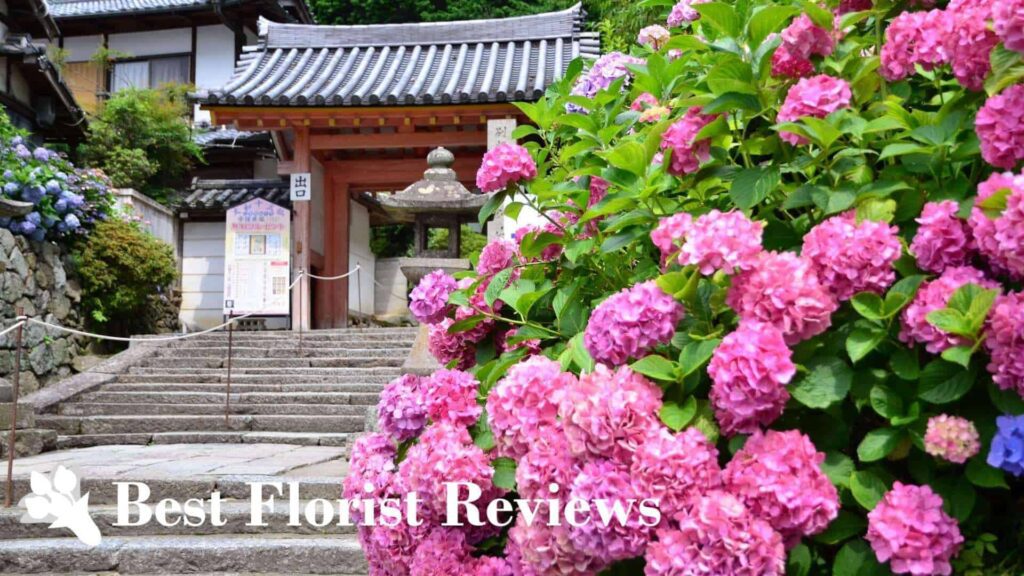

There is an old legend in Japan about an emperor who sent blue hydrangeas to the young lady he was in love with to apologize for neglecting her while he was attending to his duties. The flowers have since been used to convey an apology.
It’s also now used to represent deep understanding, sincerity, and unity.
The flowers’ appearance, which looks similar to a heart, has also led Japanese florists to associate the flower to love and romance.
What is the spiritual or religious significance of the hydrangea flower?
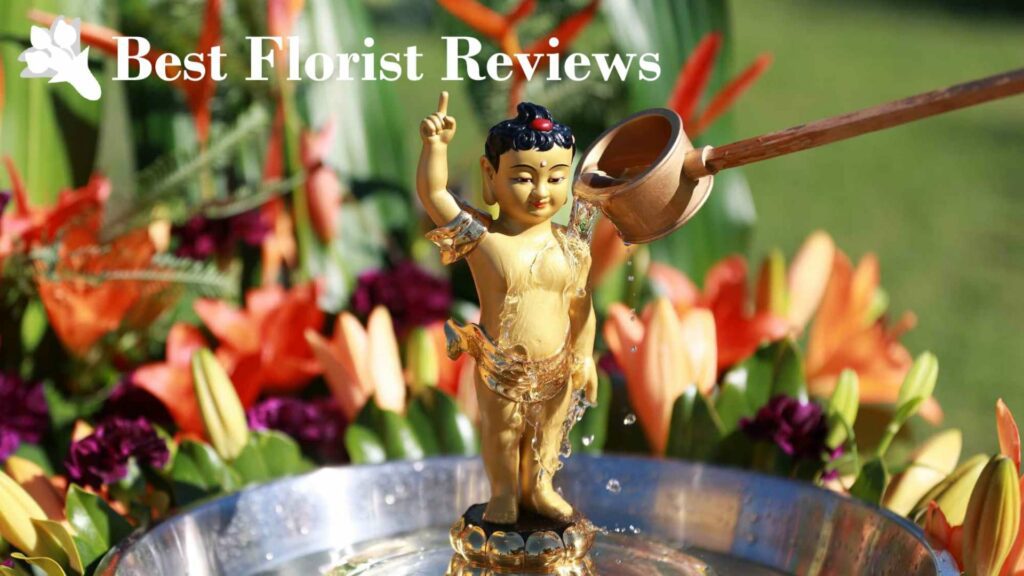

A specific species of hydrangea flowers called Hydrangea serrata is used to make a ceremonial tea for a Buddhist ceremony called Buddha Bathing Ceremony. This ceremony is held to celebrate Buddha’s birthday.
During the Buddha Bathing Ceremony, the leaves of Hydrangea serrata are brewed to make tea. Subsequently, the tea is used for bathing statues of the Buddha as a sign of purification and cleansing of sins.
What are the uses of the hydrangea flower?
Medicine
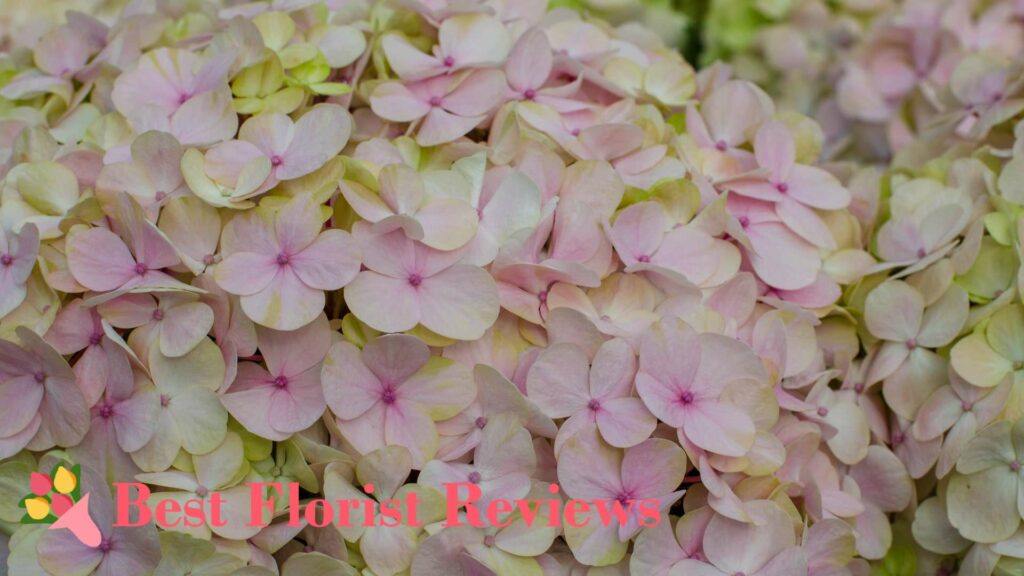

Hydrangea flowers were traditionally used to treat several illnesses. Their roots were used to help cleanse the urinary system and support kidney function.
The roots are also believed to help address issues like urinary tract infections and kidney stones.
Hydrangeas are also believed to help improve liver health and have anti-inflammatory and antioxidant properties. However, studies related to these medicinal values are limited, and most have not been conducted on humans.
It’s also important to note that the leaves of most hydrangeas are toxic and can cause indigestion, so it’s advised to consult professionals before using them.
Gardening
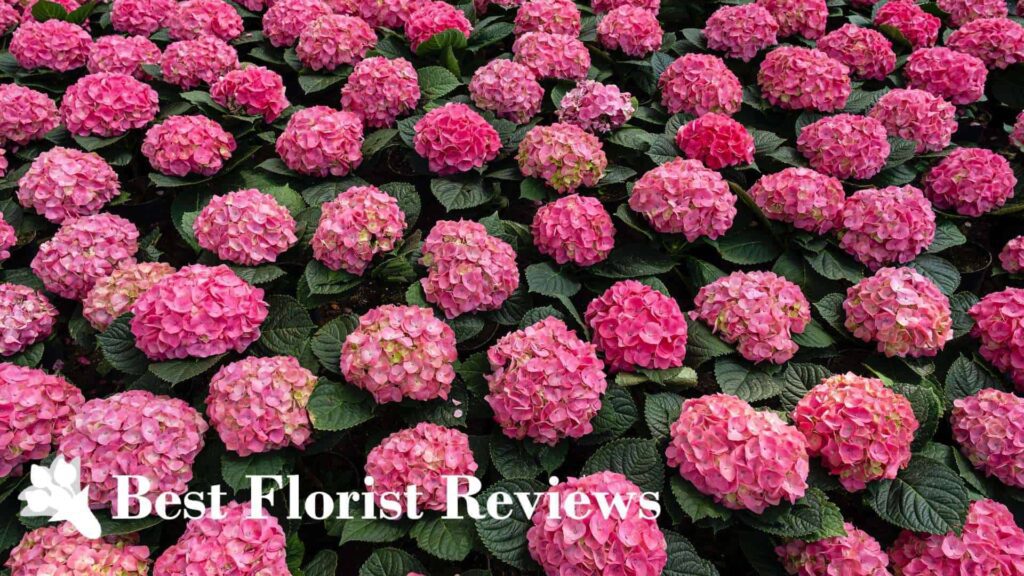

Hydrangeas are magnificent flowers that are sought after for their ornamental value. They’re also easy to grow and adaptable to different growing conditions, making them one of the best flowers for gardens.
They can be used to add vibrant and beautiful displays in gardens, borders, and landscapes. They have huge blooms, so they can be used as foundation plants or focal points in a garden bed.
Additionally, they can be grown in pots and containers for patios and balconies.
The flowers have a long flowering season, spanning from early spring to late fall, making gardens stay stunning and gorgeous for a long time.
They’re also great cut flowers and can make any floral arrangement stand out. They have a long vase life, so they can add a touch of elegance and beauty to indoor spaces.



